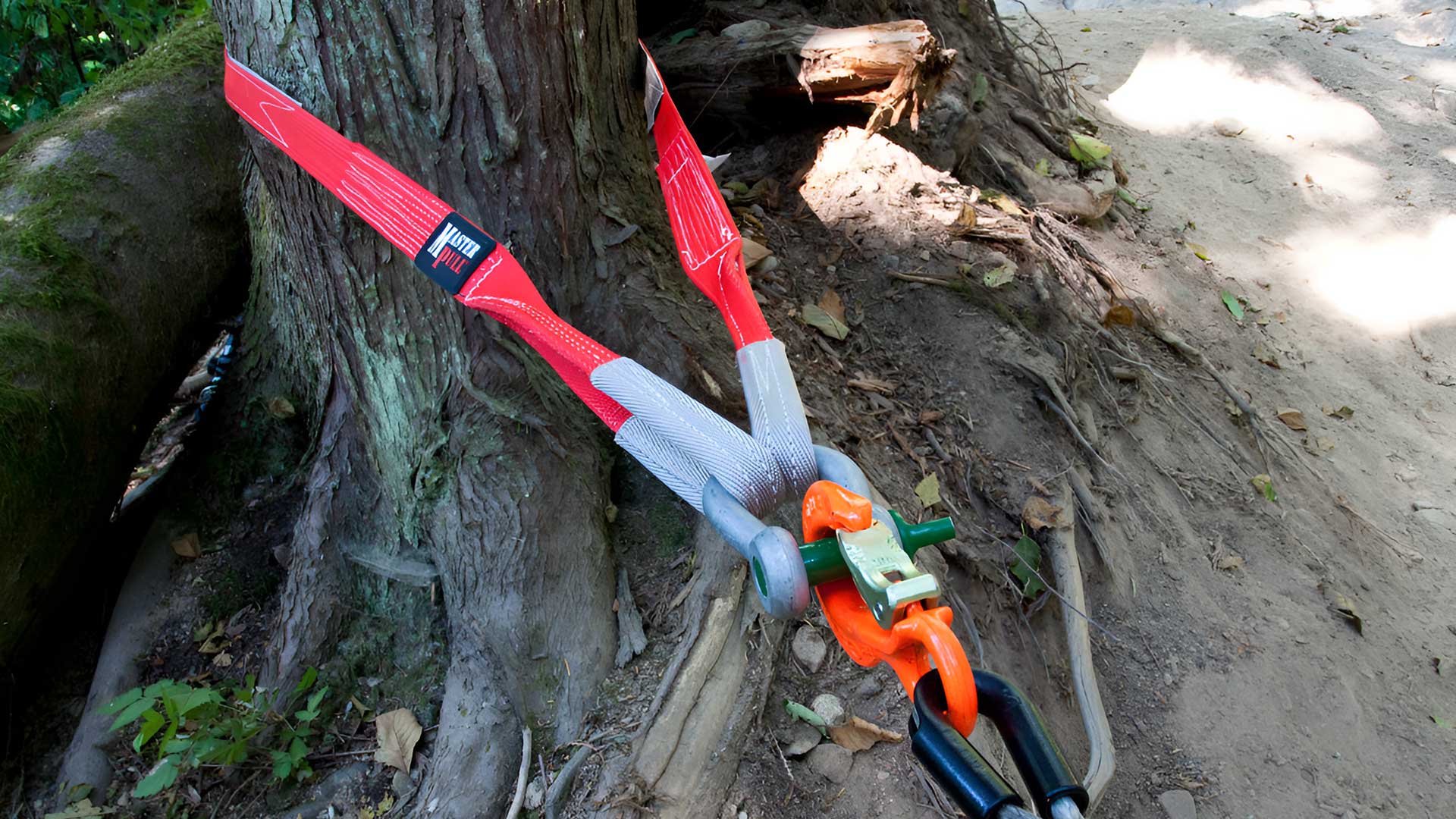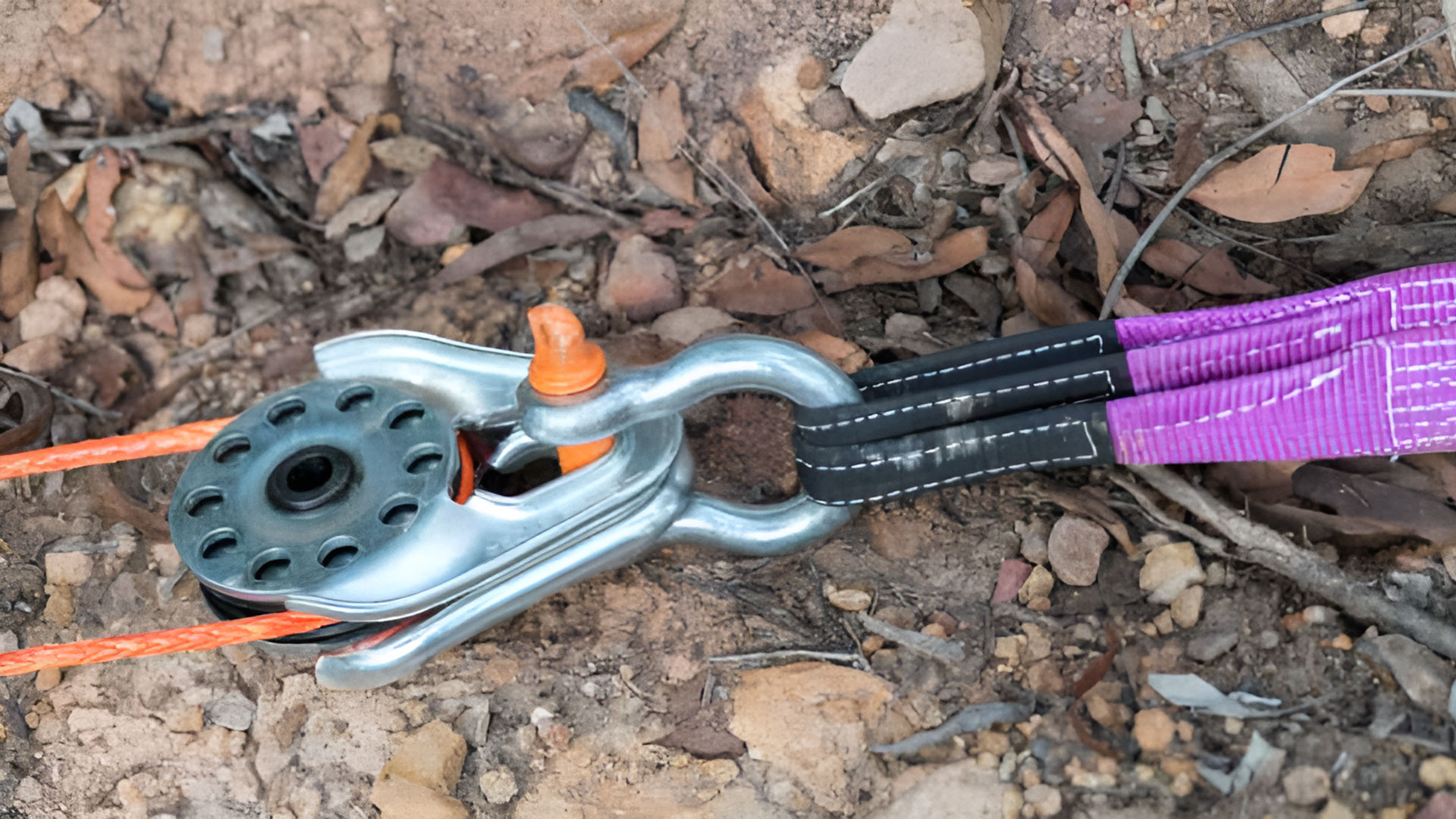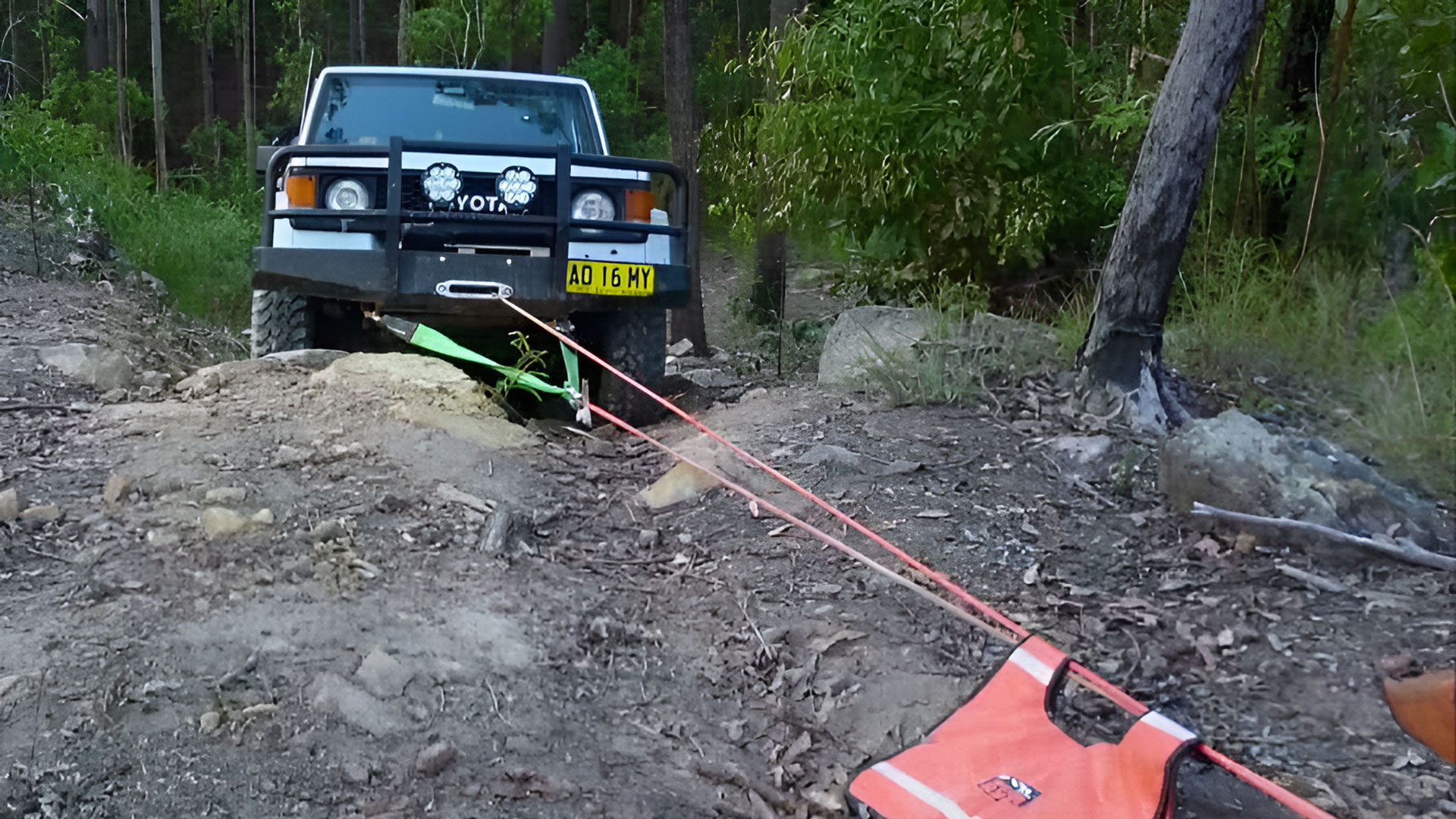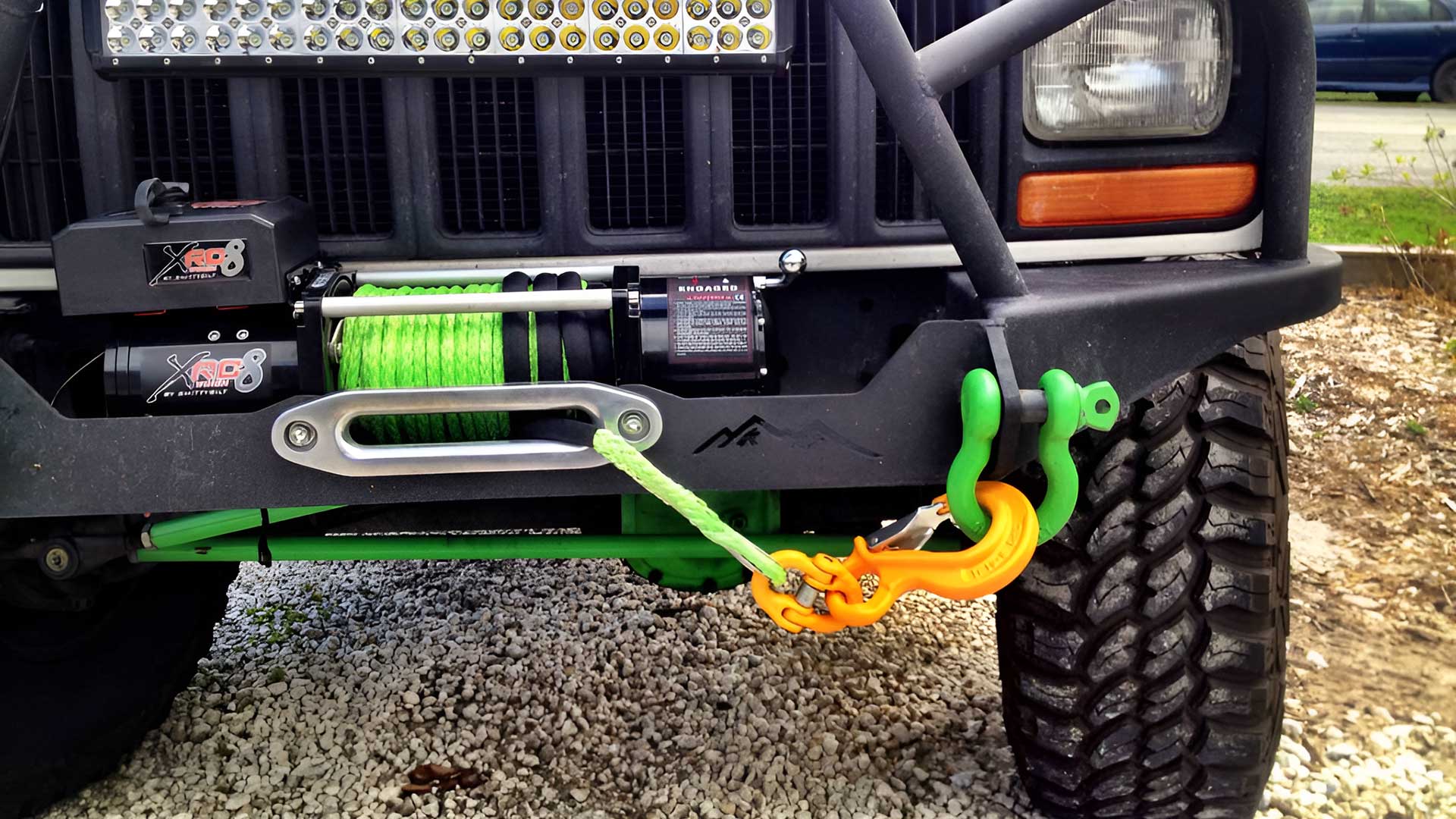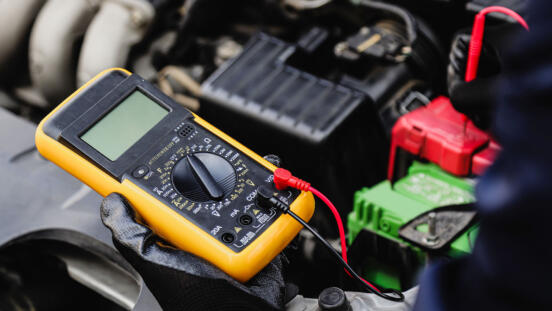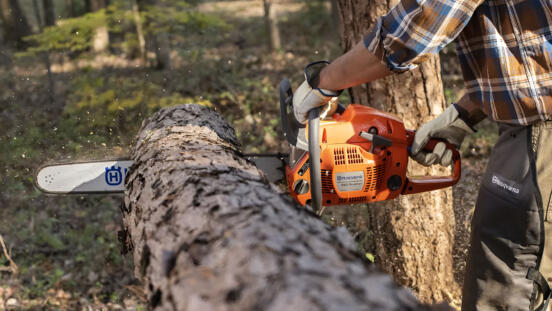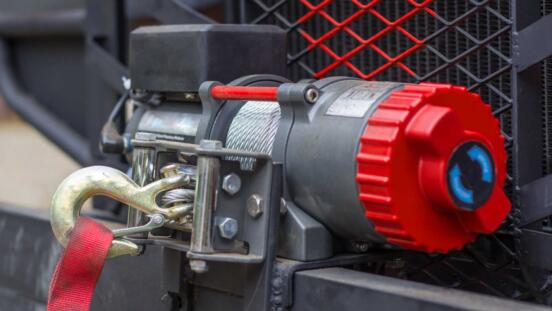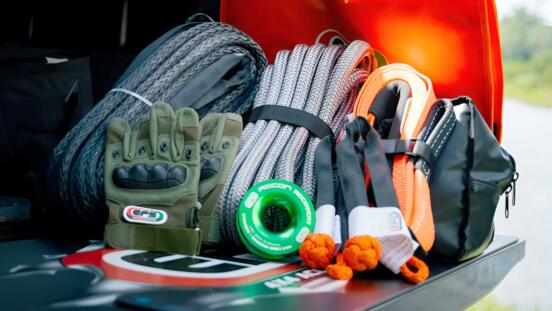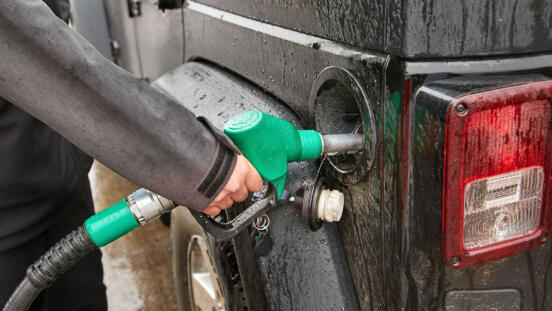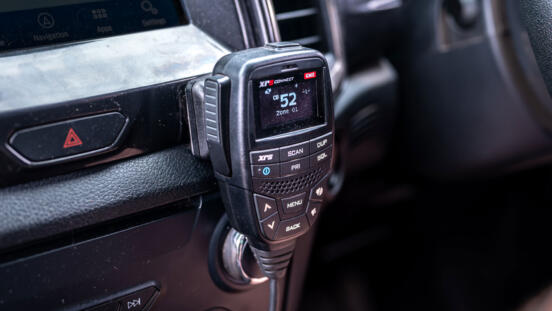If you're getting into four-wheel driving, sooner or later you'll need to winch yourself, or someone else, out of trouble, or have your vehicle winched out by another off-roader.
For new off-roaders, there are some best practices, and a few critical ones, you need to know that aren't immediately obvious. Unfortunately, there's also quite a bit of incorrect information floating around the internet.
Winching incorrectly can quickly lead to broken equipment, failed recoveries, damaged vehicles, or serious injury. Here are a few things you should know:
Pre-tensioning your winch before use
When you take your new winch out of the box, even if the rope/cable comes spooled on the drum it is not ready for use.
The rope of your winch is not secured through any kind of mechanical fastener in a way that supports load; it's not clamped, or tied to the drum in a way that if you reach the end of your winch line under load it will hold on. If you spool your winch all the way out, you'll find there will be a grub screw, or some small mechanical attachment, connecting the rope to the drum, but this is just to hold the rope on the drum so it doesn't come loose during the initial setup.
What actually keeps your rope in place under load is the friction between the drum and the first few layers of rope wound around it. If you apply a heavy load to a loosely spooled rope, especially if the majority of the rope is run out leaving little left on the drum, you're almost certain to tear the locator screw out, and the rope off. You're not recovering anybody once that happens.
You'd think that pre-tensioning instructions would be printed on a bright red sign which is the first thing you see when opening the box, but you'd be surprised how many winches come with these instructions buried somewhere in a footnote of the manual.
Read the full details on how to pre-tension a winch here.
Image credit: Master Pull
Buy a tree trunk protector
Beyond the obvious of protecting trees from rope damage when using them as anchor points, a tree protector strap is required to avoid pre-mature wear and snapping of your winch line.
Never simply run your winch line around a tree, and connect a hook directly back onto the line itself; Dyneema rope and steel cable are not intended to take load in this way and will be damaged, or break.
A tree protector wraps around your anchor point, and is then connected by a rated shackle; this shackle is what your winch line should be connected to.
Buy a snatch block (or rope recovery ring) with your winch
The actual capacity of your winch can be difficult to calculate in real-world settings. When a winch states it's rated for 11,000 lbs (or whatever number) this is for the first layer of rope on the drum only.
Think of it like a gearbox, with every additional layer of rope wound around the drum, it effectively gets larger. Going from one layer of rope to two is like shifting from 1st to 2nd gear, the winch is now pulling faster but with less torque. This effect stacks with the second layer, third layer, fourth, and so on.
By winching with a pulley (which is what a snatch block is), you half the load on your winch. The winching speed is halved, but the effective pulling power is doubled. A snatch block can be invaluable in situations where you're really stuck.
Image credit: Super Cheap Auto
Don't winch with your engine off
Ideally, you should never winch with your engine off. The amount of power consumed, and generated, by your four-wheel-drive will vary a lot depending on its age, but at idle, most vehicles will draw somewhere around 40-50 amps. This is powering your fuel pump, fuel injectors, fuel pump, accessory lights, etc.
Depending on the age/type of your vehicle, your alternator will be putting out around 50-100 amps of current; more than enough to charge your battery during normal vehicle use, but not the addition of a winch.
A winch under heavy load at the end of a pull can draw 300+ amps, rapidly depleting your battery. Doing multiple pulls without sufficient time for the battery to charge in between can leave you unable to start your vehicle. Repeated deep discharge of 'flooded lead acid' and 'absorbent glass mat' (AGM) batteries, commonly used as starter batteries, also damages them, reducing their capacity over time and shortening their life.
In some circumstances, you may just have to do it, e.g. a deep water recovery with a stalled vehicle, or a vehicle rolled on its side with the engine off. But wherever possible, your engine should always be running while winching.
Winch duty cycle and battery recharge time
You can't run your winch indefinitely. Firstly, you will be draining power from your battery faster than it is being replenished, and secondly, you want to avoid your winch overheating.
Check your winch owner's manual for its rated duty cycle; if for whatever reason this is unavailable, a rule of thumb is 60 seconds of winching, 90 seconds of rest.
You also need to pay attention to your battery. If your battery is getting too low, you will hear and feel the winch start to labor as power drops. In this case, you need to allow longer periods of rest between winching for your battery to recharge.
Don't use your winch for snatch recoveries
While winches are capable of pulling great weights, they are designed to wind on tension and pull consistent loads. They are not designed for sudden spikes in load.
Snatch straps and kinetic ropes work by having an elastic component, allowing the rope to stretch and absorb impact gradually. Winch cables and ropes do not. Don't get tempted to rush and try to pull a bogged vehicle out by reversing, sooner or later you're sure to snap your rope/cable.
Use rated recovery points for double-line pulls
When using a snatch block or rope recovery ring for double line pull only use rated front recovery points to attach the line back to the front of your vehicle. Don't be tempted to use the factory tie-down points, these are not designed for the kinds of loads that can occur in winching and can tear off.
While front recovery points are optional with many bull bars, investing in them is money well spent, in my opinion. They're relatively inexpensive, give you a lot more flexibility on recoveries, and can spare you a huge headache down the road.
Image credit: Super Cheap Auto
Complete pulls to avoid shock-loading
When winching over obstacles, it can be tempting to stop winching at the last second as you crest the obstruction. Don't. Stop too early and you risk sliding back, shock-loading the winch, and snapping your rope as already discussed.
Keep winching until you have completely cleared the obstacle and the vehicle is stable on its own four wheels.
Using your throttle, or not
When winching yourself out, or being winched out, you should be in neutral, or idling in low-range 1st gear where some added assistance is needed. Let the winch do the work. Similar to the point above, trying to power over an obstacle while winching you can gain temporary traction and lurch forward, creating slack in the winch line, if traction is then lost you'll fall back, shock-loading the line. Snap.
Don't winch out under load
Unless specifically stated, winches are not designed to winch out under load. If your winch is rated at 11,000 lbs, for example, this means pulling a maximum of 11,000 lbs, not controlling the descent of that much weight.
(Note: tour winch also only pulls that with the first layer of rope around the drum, but that's a different topic that will be covered in full elsewhere.)
By winching out heavy loads with a winch not designed for it, the best case scenario is you'll wear out the winch brake, requiring a repair and expense. In the worst-case scenario and a total brake failure, you'll lose control of the load, which could spell disaster.
Make sure the bogged vehicle's parking brake is off
This might seem obvious and silly to mention, but you'd be surprised. With the focus on everything happening outside the vehicle, this can get forgotten about and you end up dragging the vehicle out instead of it rolling freely.
Go for synthetic rope
This is more of a recommendation than a rule, and the 'Steel vs Dyneema' debate is sure to continue for years, but in this wheeler's opinion, synthetic rope is the only way to go for off-roading. It's lighter, safer if it breaks, and can be handled without as much need for protective gear/gloves.
Steel cable can retain a huge amount of energy when it snaps, and can become basically a blade slicing through the air. Synthetic rope will still recoil when snapped, but the energy is dissipated far quicker. When using synthetic rope with a dampening blanket (which you should be) the rope is directed to the ground that much quicker, and in the event something does go wrong, you're dealing with a softer fiber, not steel.
It should go without saying that no one should be anywhere near a winch cable under tension, regardless of what material it is, but steel is just that much more dangerous in the event of it snapping. All steel cable will also eventually fray, and if handling it without gloves you're sure to cut yourself.
Image credit: myoffroadradio.com
Stand completely clear of winch lines while under load
Don't stand next to your winch. Don't stand over the winch line (yep, people do it). Don't stand in front of either end of the line. In the event of a snap, you won't want to be anywhere in the potential path of a breaking rope/cable.
A driver should be in the vehicle(s) at all times
Never recover a vehicle without a driver in the seat. The driver of a vehicle being recovered might be tempted to watch/guide from the sidelines, but even on flat-ish ground, you never know what a dip, slight incline, or lurching motion might make the vehicle do. It might only happen at a snail's pace, but who wants to test themselves by jumping into a rolling vehicle to apply the brakes and prevent it from rolling into the supporting vehicle, or off the side of a hill?
Don't cut your fingers off
When winching or re-spooling the line, keep your hands well clear of the fairlead. Winches don't stop instantly. Once the power is released, winches will continue to pull for a second or two. If you catch your glove or finger in the line, it doesn't matter how quickly you react with the winch controls, the winch will still have more than enough force in that last second or two to pull your fingers in despite being "off".
Don't be a YouTube example
There are a thousand videos on YouTube of people breaking equipment, and damaging or writing off vehicles as a result of improper winching, as well as a few of terrible injuries. Don't become one of them.
# How to winch a 4wd, winching a 4x4, off-road winching, safe winching.


